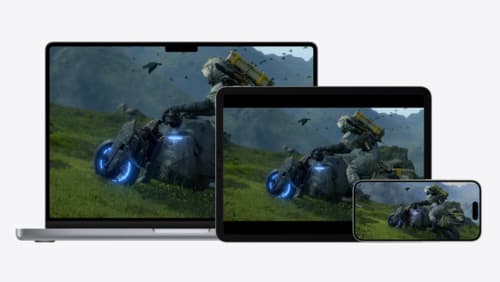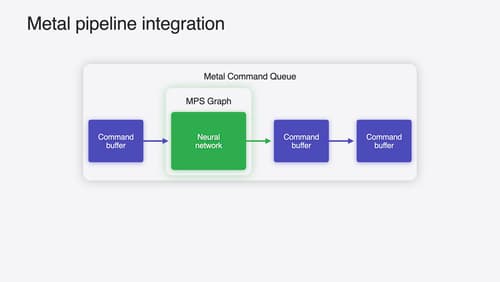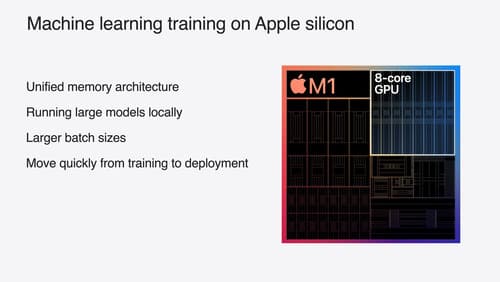What’s new in metal?
Asked on 2024-07-27
2 searches
What's New in Metal?
Machine Learning Enhancements
-
MPS Graph Improvements:
- Focused on improving the efficiency of transformer models.
- New features to accelerate FFT-based ML models.
- Low-level control over GPU synchronization and memory, useful for sequencing ML tasks with other GPU work.
- Accelerate machine learning with Metal
-
Framework Support:
- TensorFlow: Easier integration with Metal backend, supporting distributed training and mixed precision.
- PyTorch: Supports custom operations and profiling for performance benchmarking.
- JAX: Improved advanced array indexing, CI runner workflow, and mixed precision support. New Pfloat 16 data type for mixed precision training.
- MLX: New framework optimized for Apple silicon, supporting numpy-like API, just-in-time compilation, distributed training, and unified memory.
- Train your machine learning and AI models on Apple GPUs
Gaming and Graphics
-
Unified Gaming Platform:
- Apple silicon Macs, iPads with M series chips, and iPhone 15 Pro can now play console-class games.
- New advancements in Metal and Apple silicon to improve gaming experiences.
- Platforms State of the Union
-
Metal Shader Converter:
- Supports all shader stages, including ray tracing and mesh shaders.
- Helps port resource layouts to Metal, accelerating the porting timeline.
- Port advanced games to Apple platforms
-
Rendering in visionOS:
- Metal APIs to render frames in mixed immersion style, blurring the line between the real world and imagination.
- Integration with ARKit for world and hand tracking.
- Render Metal with passthrough in visionOS
Additional Features
- Low-Level Mesh and Textures:
- New APIs for low-level mesh and textures, working with Metal compute shaders for improved control over app visuals.
- Platforms State of the Union
Relevant Sessions

Port advanced games to Apple platforms
Discover how simple it can be to reach players on Apple platforms worldwide. We’ll show you how to evaluate your Windows executable on Apple silicon, start your game port with code samples, convert your shader code to Metal, and bring your game to Mac, iPhone, and iPad. Explore enhanced Metal tools that understand HLSL shaders to validate, debug, and profile your ported shaders on Metal.

Accelerate machine learning with Metal
Learn how to accelerate your machine learning transformer models with new features in Metal Performance Shaders Graph. We’ll also cover how to improve your model’s compute bandwidth and quality, and visualize it in the all new MPSGraph viewer.

Train your machine learning and AI models on Apple GPUs
Learn how to train your models on Apple Silicon with Metal for PyTorch, JAX and TensorFlow. Take advantage of new attention operations and quantization support for improved transformer model performance on your devices.
